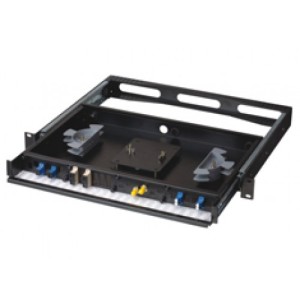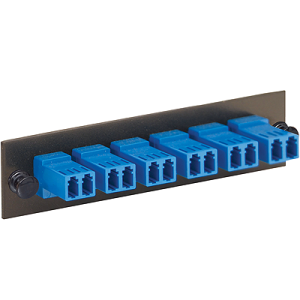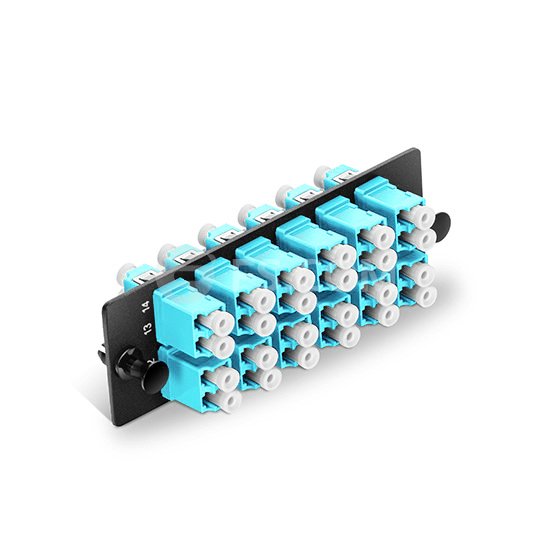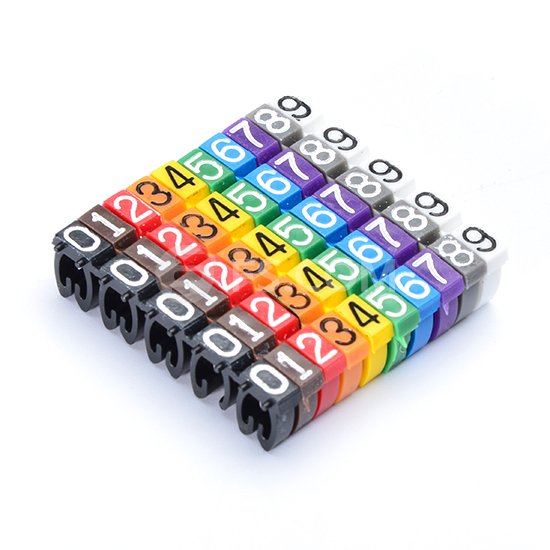The need for high bandwidth has never stopped. High bandwidth means more fibres are needed for the cabling infrastructure. The demands certainly change the network architecture to be more complicated. For spine-and-leaf architecture, each leaf switch in the network is interconnected with every spine switch. As a result, with leaf-spine configuration in data centres, fibre counts can multiply very quickly compared with traditional three-layer distribution architectures.
Besides, 40GbE and 100GbE grow quickly in the data centre. Relatively, the interface of parallel optics like 40G QSFP+ changes to be MPO/MTP with 12-fibre instead of duplex fibre. And that also increases the fibre counts in your data centre structured cabling. As data centre evolves, links require 144 fibres, 288 fibres or even more. So data centre managers are in front of many challenges such as limited space, deployment efficiency and of course the cost.
To address these challenges, many data centre cabling designs use MTP trunks with up to 144 fibres. In data centres requiring more than 144 fibres, multiple runs of a 144-fibre cable assembly are typically installed to achieve the total desired fibre count. For example, if a link requires 288 fibres from the main distribution area of the data centre to another location, two 144-fibre trunk cables would be installed. This method can reduce the physical space capacity for future growth. Figure 1 depicts the space savings across three deployment scenarios in a 12-inch x 6-inch cable tray with a 50 percent fill ratio:
- 4,440 total fibres using 370 x 12-fibre MTP trunks
- 13,680 total fibres using 95 x 144-fibre MTP trunks
- 16,128 total fibres using 56 x 288-fibre MTP trunks

Figure 1. Comparison of trunks with different fibres
MTP connectivity is one of the important solutions used in high density environment. MTP cable allows for the deployment of optical fibre termination of 12 fibres at a time rather than individual termination of single fibre strands. In addition, this kind of cabling is easy for future migration to 40/100/200/400GbE networks using parallel optical technologies. To achieve high-fibre-count cable and connectivity, various implementation options are available.
MTP trunk cable assemblies are offered in fibre types in standard 12, 24, 48, 72, 96 or 144 core versions in a compact and rugged micro-cable structure. With high port density, it brings big savings in installation time and cost. Due to its discreet premium connectors and special fibre, it delivers low insertion loss and power penalties in high speed network environment. And the multifibre connector and compact dimension also ease the space pressure in costly data centres.
MTP trunk cables are available in either mesh bundles or distribution fan-out trunks since infrastructure designs, cabling environments and pathway types are different, MTP connectivity in backbone cabling can employ different methods. Below are two possibilities:
Cables that are factory terminated on both ends using MTP connectors (MTP-MTP trunks)
Cables that are factory terminated on one end using MTP connectors (MTP pigtail trunk)
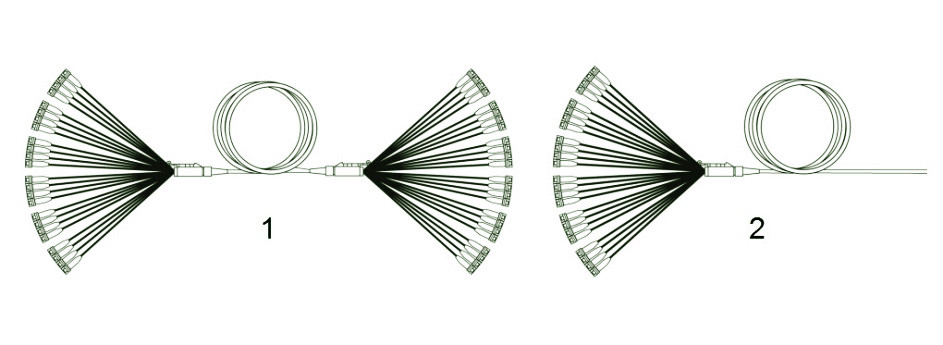
Figure 2. MTP assemblies types
MTP trunk assemblies are used where all fibres are landed at a single location at each end of the link—for example, between the main distribution areas (MDAs) and the server rows or between the MDA and the core switching racks in a computer room or data hall, as Figure 3 shows. Additionally, MTP-MTP trunks also appear between MDAs of multiple computer rooms or data halls where open tray is the pathway.
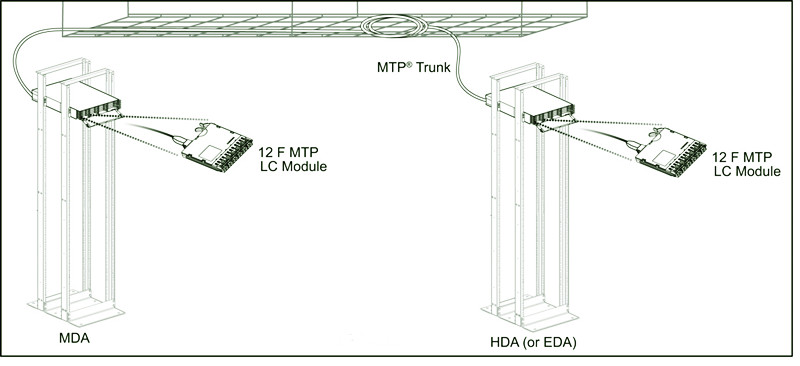
Figure 3. MTP-MTP trunk assembly deployed in a computer room
MTP pigtail trunks can be used for environments where the pathway doesn’t allow for a pre-terminated end with pulling grip to fit through—for example, a small conduit space (see Figure 4). This approach is common when needing to provide connectivity between MDAs of multiple computer rooms or data halls. Additionally, a deployment using pigtail trunks can be useful when the exact pathway or route is not fully known, avoiding exact length measurement before ordering of the assembly.
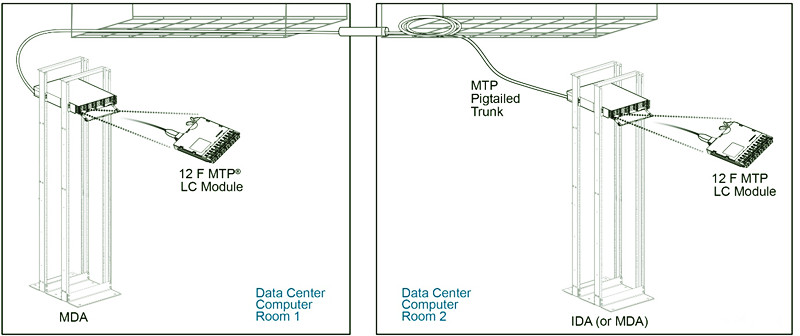
Figure 4. MTP pigtail trunk field terminated in two computer rooms
Many factors should be considered to plan and install a data centre cabling infrastructure for actual and future needs, especially in high density environments. So before choose the best cabling installation solution, you need to take following points into concern:
- Application environment: inside or between computer rooms or data halls
- Design requirements: traditional three-layer or spine-and-leaf architecture
- Future proofing: transition path and future-technology support
From this article, high-fibre-count MTP trunks are the best solution for your backbone cabling. MTP trunks is useful for faster installation, lower pathway congestion and greater efficiency while delivering the bandwidth to meet the needs of 40GbE/100GbE/200GbE and beyond.

